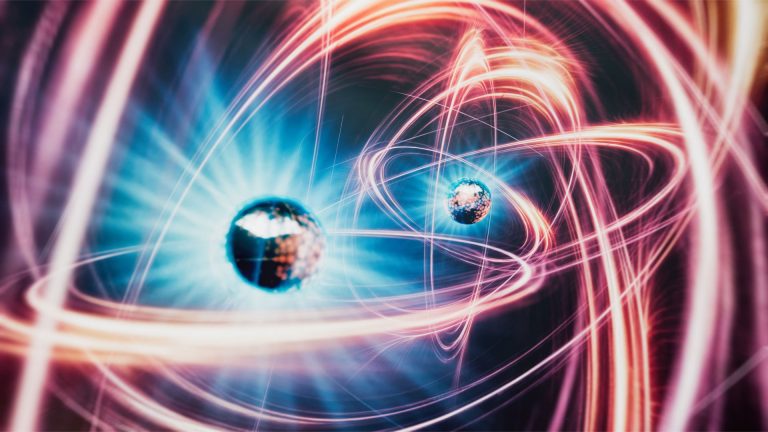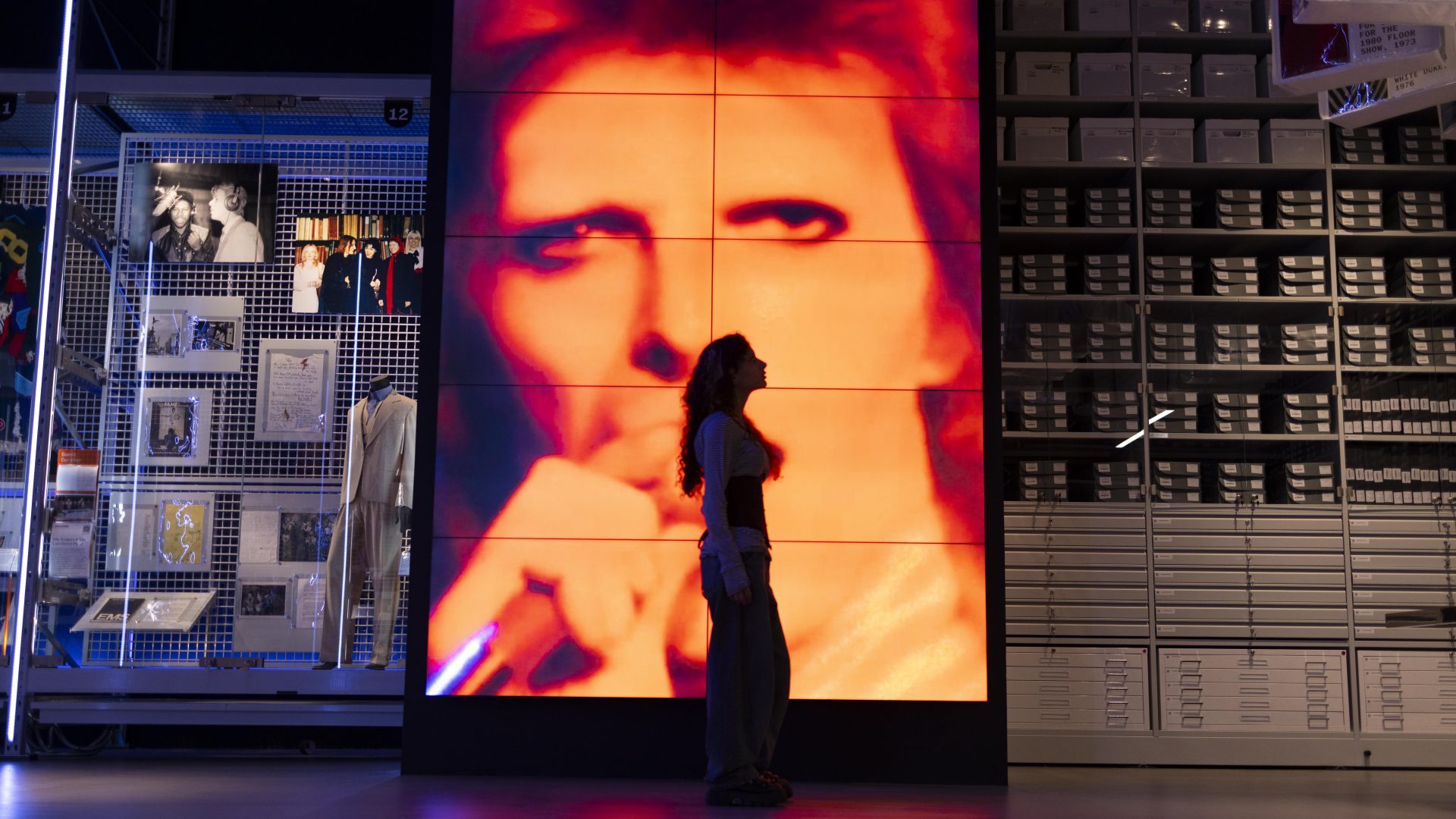In March 1989, two chemists working at the University of Utah caused a sensation when they announced that they had induced nuclear fusion – the energy-releasing process that powers the Sun – using simple benchtop chemistry. Martin Fleischmann, an electrochemist with a distinguished track record, and his colleague Stanley Pons had carried out electrolysis of “heavy water” – using electricity to split water into its component elements, hydrogen and oxygen – with electrodes made of palladium metal. They said that some of their experiments had generated more energy (as heat) than they had put into the electrochemical cells (as electricity). This excess heat, they said, was due to the fusion reactions.
Scientists and engineers had been trying for decades to harness nuclear fusion as an energy source, and (spoiler) they still are. It is, to cynics, a technology that is perpetually just 20 years away from being practical. The Sun’s heat comes mostly from fusion of hydrogen atoms, which unite to become helium. It is easier to cause such fusion using “heavy hydrogen”: the isotope called deuterium (D), which constitutes about 0.016% of all natural hydrogen. Most efforts to spark controlled nuclear fusion for energy generation use a fuel of deuterium and a third, even heavier form of hydrogen called tritium.
Fleischmann and Pons suggested that fusion of the deuterium atoms in heavy water (D2O) was taking place inside the palladium electrode, where the deuterium atoms became squeezed together as electrolysis proceeds. Palladium had long been known to act as a kind of hydrogen sponge, those atoms able to squeeze in between the palladium atoms. Chemists worldwide rejoiced at this news that their colleagues had achieved what physicists had long attempted and failed.
The announcement of “cold fusion” was made at a press conference in Utah – a rather unprecedented way of releasing a scientific discovery at the time. Fleischmann and Pons revealed very little about their method, and so scientists who immediately set about trying to replicate their results had to resort to a lot of guesswork about the techniques they had used.
Suggested Reading


This movie is magnificent – and at atomic speed
Yet it soon became clear that, save for a few false alarms, evidence for genuine fusion of deuterium was impossible to find. Other distinctive telltale signs of fusion, such as the emission of gamma rays and neutrons, didn’t materialise. Even the excess heat claimed by the Utah chemists was rarely observed, and never consistently. Within months, cold fusion was discredited, and the field descended into bitter accusations of fraud and incompetence. To many, cold fusion is now a classic example of what the American chemist Irving Langmuir once dubbed “pathological science”.
A few “true believers” in cold fusion have persistently asserted that the phenomenon is real but just needs careful experiment and adequate funding to prove itself. That was a fringe position until, six years ago, a team of scientists in North America began to re-examine the issue, with funding from Google. Their very reasonable contention was that, even if it’s not possible to induce nuclear fusion this way, the behaviour of hydrogen inside palladium is fascinating and might lead to some new and even useful science.
This team, led by a chemical engineer, Curtis Berlinguette of the University of British Columbia, has now been vindicated. They report in Nature (which was in the eye of the storm during the cold fusion saga) that by using electrochemistry to cram deuterium into a palladium electrode they can boost by 15% the rate at which fusion happens when a beam of deuterium ions is fired at it.
That needs a little unpacking. The experiments of Berlinguette and colleagues are nothing like those of Fleischmann and Pons. They use apparatus in which fusion of deuterium atoms already happens, basically because of very high-energy collisions between them: the set-up is more like a miniature, benchtop particle accelerator. The increased fusion rate they see is because the electrochemical loading of deuterium into the palladium boosts the chance of a D-D collision.
In other words, this is not at all a demonstration that there was anything in the original Utah cold fusion. Neither is it clear at this point that the results will lead to a practical energy source: the experiments currently consume far more energy than is generated by the fusion it creates, by a whopping factor of more than 10tn. All the same, the ability to induce fusion in such a compact and low-energy experiment could be valuable for basic studies in nuclear physics. And it’s a reminder that even failed experiments can produce something worthwhile.




